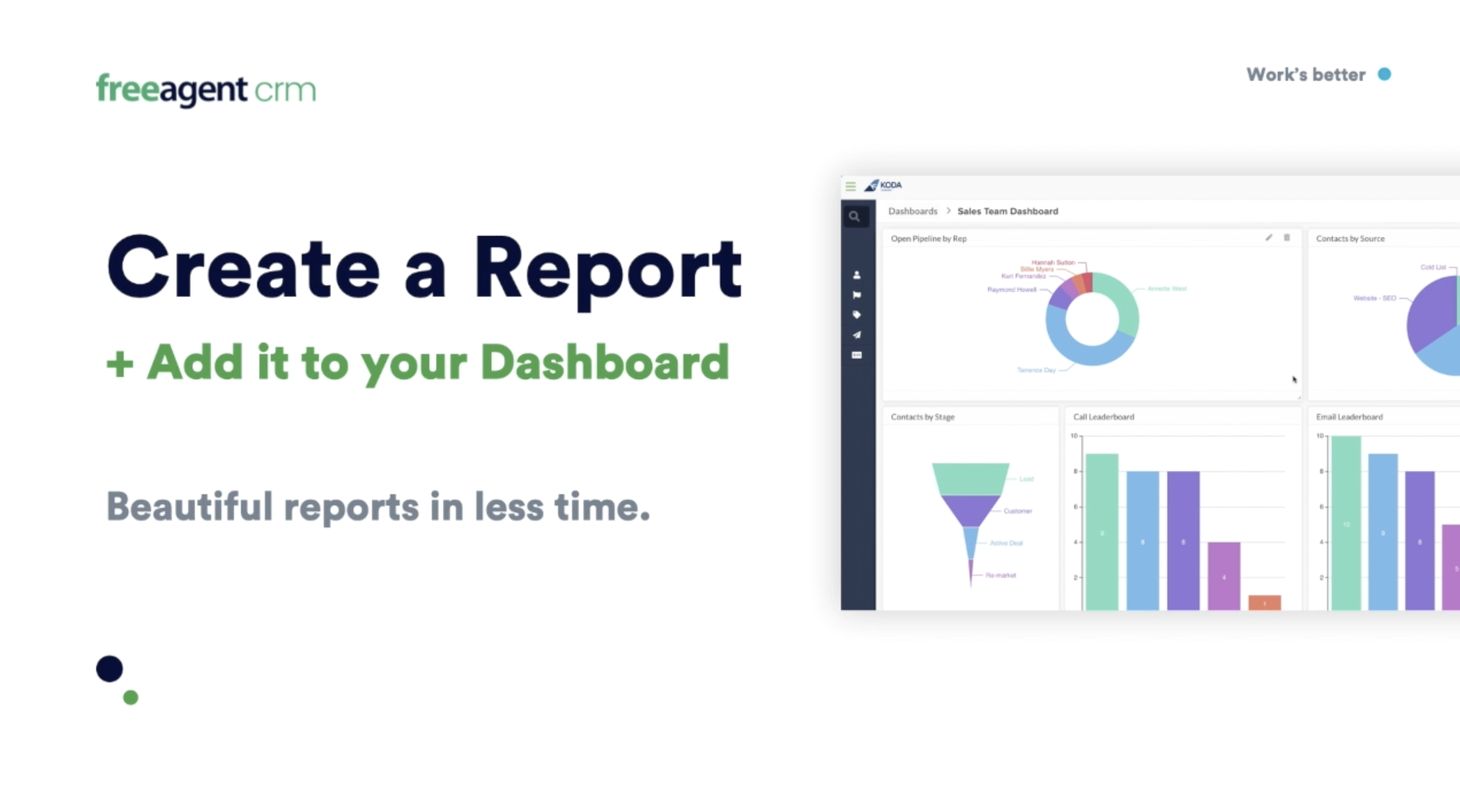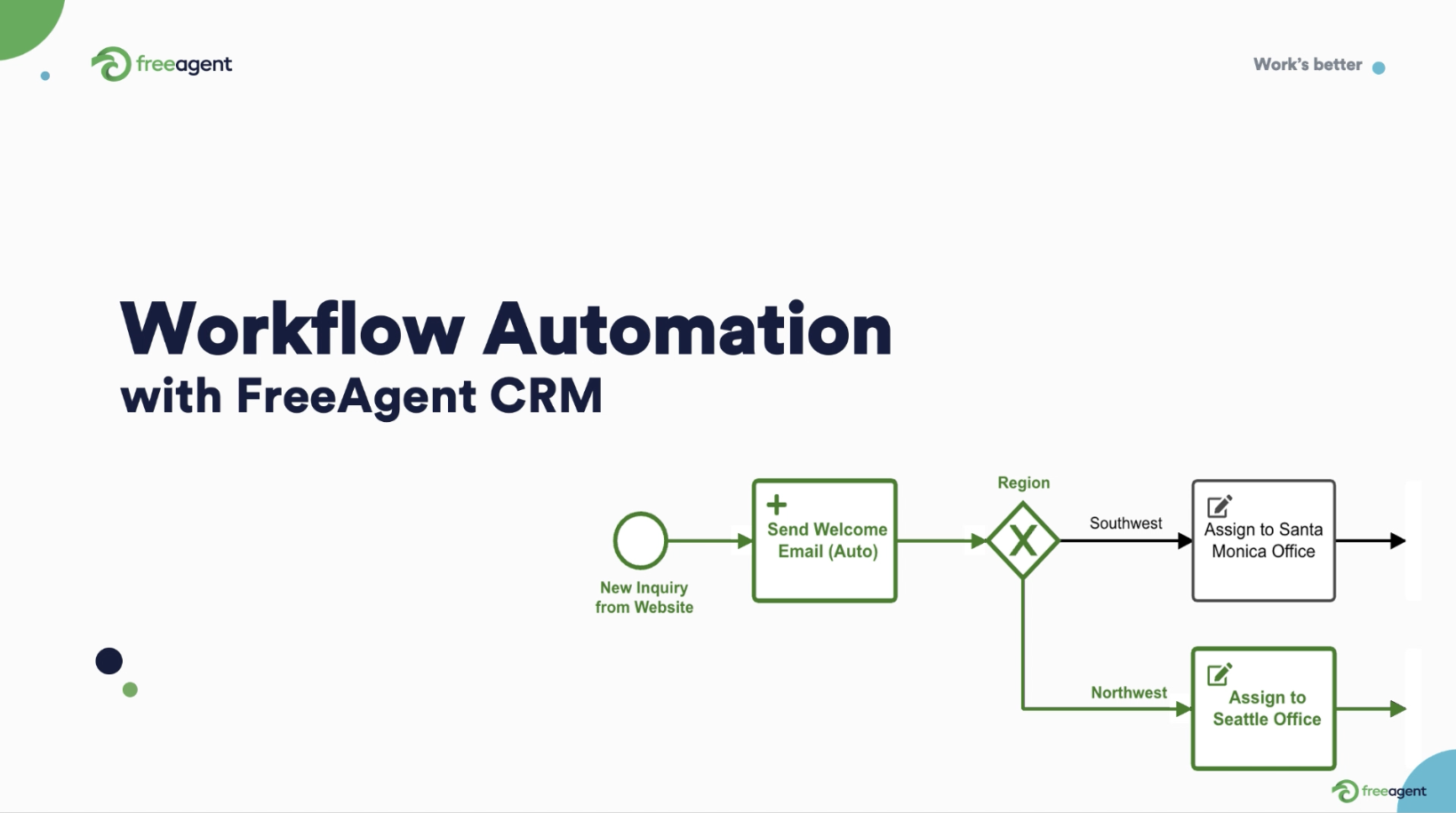It’s safe to say that sales as an activity will continue to evolve and change going forward. New technology and methodologies will emerge, infrastructure will improve, and salespeople will develop new skills.
To give you a better picture of what the sales landscape will look like throughout this year and beyond, we’ve put together a list of 10 important sales trends you need to watch in 2023.
Let’s get right to it.
1. 45% of sales professionals consider exceeding targets a top goal for 2023 (Source)

Exceeding sales targets and hitting quotas has consistently been a top target for sales professionals.
2023 is no different, and the trend will likely continue if current sales priorities remain in place.
However, it’s important to note that goals such as streamlining the sales process and upselling existing customers rounded out the top three goals for sales professionals. With 29% and 25% of respondents considering those two objectives among their top goals, it’s clear that sales targets are not the be-all-end-all of sales today.
It’s also intriguing how sales people are going about achieving this goal.
Instead of focusing on the solution they offer, sales teams are concentrating on building good relationships with prospects and existing customers.
As always, the overall sales methodology will vary across the B2B and B2C spectrum. That said, salespeople are realizing that it’s easier to solve business challenges if they better understand the customer’s needs.
2. Low-cost competitors are the biggest challenge for 31% of sales managers (Source)

B2B markets are saturated, and it’s tough to compete when there’s someone offering a similar product at a lower cost.
Even if your product is superior, it’s tough to convince the prospect that it’s better than what your competitors are offering. For example, if you’re a B2B SaaS firm with an effective sales CRM, it may be easy to list all the benefits. However, with a high level of competition it may be tough to convince the prospect to buy the better product if there’s a lower-cost, lower-quality alternative.
Creating competitive differentiation is the second biggest challenge, according to the surveyed professionals. At 26%, it ties with maintaining consistency in team meetings with prospects.
Adding value to customer conversations was ranked as the biggest challenge by 22% of sales managers. Maintaining profitability ranked next with 17%. This is particularly challenging in a saturated market in that companies may need to stand out just to be profitable.
Challenges related to team meetings with prospects and building trust (16%) are directly related. A company has to remain in a buyer’s good graces throughout the buying process, and after!
It’s important to note that this data covers sales management as a whole, not just the customer-facing aspect.
3. 5% of B2B buyers are active while 95% are semi-dormant prospects with little buying intent (Source)

This 95-5 Rule makes buyer intent a vital part of sales strategy in 2023. Instead of going after every sales opportunity, it’s important to reach out to the right opportunity. For example, one with higher buyer intent.
Accounts who demonstrate stronger intent to purchase will (and should) generate greater interest and effort from sales professionals. This is because of the already saturated nature of the B2B market and long-term strategic value of accounts with a proven desire to buy.
In the current state of the B2B market, it’s the 5% that salespeople should know about, including when, how, and why to approach them.
For example, here are some things to keep in mind:
- 75% of companies buy computers every four years
- 80% of companies change principal bank once every 5 years
- 90% of consumers buy new cars once every 10 years
Understanding this kind of information helps salespeople focus their attention on prospects who are most likely to make a purchase decision in the near future. Knowing where prospects are in the sales funnel not only helps salespeople increase productivity, but it may also create new sales strategy standards for companies in the future.
4. 66% of salespeople rank understanding customer needs as a key strategy for upselling (Source)

Knowing what the customer needs has long been the primary method to generate leads and retain customers.
This prerequisite of sales remains the most effective way to upsell in 2023.
Establishing good rapport with the customer is rated second, with 58% of salespeople ranking it among the most effective strategies. These two strategies are closely related in that you need to understand the customer’s pain points in order to address them during conversations. Naturally, this will build rapport.
Demonstrating the actual real-world benefit of upgrading to a better deal is another important strategy for upselling. Among salespeople polled, 48% ranked it as one of the most effective strategies.
While this strategy didn’t rank as high as offering a flat-out discount (50%), it relates back to understanding the customer’s needs and goals. You have to be able to show them how the product or service will improve their life, and to do that you have to understand the customer.
Rounding out the top six strategies are researching the client’s business to identify challenges or opportunities (47%) and mapping out the customer’s journey to identify the best upselling opportunities (42%). Both of these have to do with pre-call research, and both will be vital to building rapport with new and existing customers.
5. 76% of salespeople say offering free trails are effective at turning prospects into customers (Source)

Offering freebies is a proven way to turn prospects into paying customers. Of the free options most effective at turning prospects into customers, 76% of salespeople ranked free trials as the best technique for prospecting, even better than offering freemium packages (67%) and free quotes or consultations (61%).
This may be due to the customer-centric advantage that only a hands-on experience of the product can bring. When prospects try out the product, they’re better able to gauge whether it works or doesn’t work for them, as well as the features they need.
Instead of sales professionals explaining all of that over several calls, meetings, and miscellaneous conversations, prospects can learn all of that for themselves while also getting a feel for the product.
Instead of listening to a sales pitch and then spending time with the product, a free trial lets them do both at the same time.
Filling out the top six strategies are offering free widgets (58%), free templates (57%), and free tools (55%).
6. Top sales performers have 76% longer first calls and 55% longer presentations (Source)

The best sales performers are able to engage their prospects for longer from the get-go.
Their sales skills may be a major reason for that, but what’s more revealing is how they set expectations for longer conversations at the start.
According to this study, top performers are on discovery calls for an average of 33.6 minutes, compared to an average of 19 minutes for the rest of the sales force. They also hold longer presentations, at 42.4 minutes versus the average of 27.2 minutes.
A longer discovery call sets the stage for a longer presentation. It also intrigues the prospect and opens their mind up to a more detailed product demo.
The trick going forward will be to ask for more than just 5-10 minutes of the customer’s time.
Sales professionals can back up that bigger time request by learning as much as possible about the prospect beforehand and addressing each of their business challenges during the pre-call email.
7. Top salespeople discuss product features 50% less during first calls and 39% less during presentations (Source)

Customers want to know how a product solves a problem. They generally don’t care about a product’s features, as long as it’s able to address a business or operational challenge.
This is where solution-focused selling comes in.
The same study from the previous stat, that discovered that top performers have longer discovery calls, also found that top salespeople spend much less time discussing product features.
On average, salespeople talk about product features for 18% of the discovery call. But top performers cut that focus in half and talk about these features for only 9% of the call. In presentations, the average salesperson talks about product features for 31% of their time, but top salespeople devote only 19% of their presentation to this topic.
Instead, they spend the majority of call and presentation time discussing which of the prospect’s problems their product solves—and how it solves it.
While discussing product features is important, salespeople should reduce their focus on that topic during discovery calls and presentations. Instead, focus on how the product will solve customer pain points. If there are subsequent calls, there will be plenty of time to go over the features in more detail.
8. Standing out from the competition was ranked as a top challenge by 26% of salespeople, more than any other (Source)

Separating yourself from the competition is vital to generating sales in 2023 and beyond. This trend relates back to the sales management challenges mentioned in the second entry on this list, but this is from an individual sales professional standpoint rather than sales management as a whole.
A 26% surveyed majority say one of their biggest challenges is distinguishing their products from other, often lower-priced ones. Meeting quotas ranked second with 20% of salespeople listing it as a top challenge.
Rounding out the list of the top nine challenges are contact with major decision makers (19%), a lack of high-quality leads (18%), difficulty getting meetings with prospects (16%), building rapport with prospects without meeting them in person (14%), and lack of alignment between sales and marketing (14%).
It’s interesting that so many salespeople believe their lack of alignment with the marketing team is costing them sales. This often happens when information is compartmentalized and departments are not on the same page.
Organizations need tools that allow them to connect systems and teams in one holistic workplace, regardless of how scattered those teams may be geographically—and not just in the world of sales. For example, a robust healthcare CRM that connects people, data, and processes can lead to better healthcare outcomes.
9. Voice calls are the top method of sales outreach (Source)

The majority of prospects and customers prefer voice calls as a method of sales outreach and customer support. This is according to a survey of 1,800 businesses and 12,000 customers.
Of surveyed professionals, 41% prefer voice calls for resolving customer issues while 29% prefer calls for closing sales. Additionally, 35% of salespeople prefer calls for scheduling appointments. This method beats contact via email, text, video call, and chatbot.
The survey also found that 35% of customers prefer voice calls to communicate with retail and services, with email the second-most preferred at 21%. Similarly, 33% of customers prefer the phone for communication related to healthcare, with email second at 19%.
Additionally, 41% of customers opt for the phone when discussing insurance, over email at 24%. And 31% prefer the telephone for conversations with financial institutions, with email second at 20%.
This clarifies two things for sales professionals.
- Despite the prevalence of chatbots and various AI tools, customers still want the human connection you get via a one-on-one call.
- There’s still some time until another medium such as automation, AI-generated calls, and customer support take over human voice calls.
Considering that, it’s a good idea to sharpen your conversational sales skills.
10. 79% of salespeople rank in-person meetings as an effective sales channel, more than any other channel (Source)

Surprising, yes! While phone calls may be the preferred sales and support channel, 79% of sales professionals say in-person meetings are effective at generating sales. More salespeople agree on this than any other method, beating phone calls (53%), social media (50%), email (43%), and video calls (41%).
It may not be the most practical medium for the vast majority of sales teams, since many in the B2B and B2C sphere operate and sell remotely. However, meeting face to face is widely regarded among professionals as a powerful way to make sales.
Conclusion
AI tools are getting smarter, salespeople are getting more savvy, and companies are revamping how they approach customers directly. As trends develop in the sales sphere in 2023 and beyond, it will be important to have a powerful sales CRM solution doing much of the background heavy lifting for you.
This way, not only can you focus on improving the customer-facing part of the sales process, but you can also set new sales training standards.
Try FreeAgent CRM today and learn more about how you can upgrade your sales process, unlock greater productivity, and grow your revenue!






